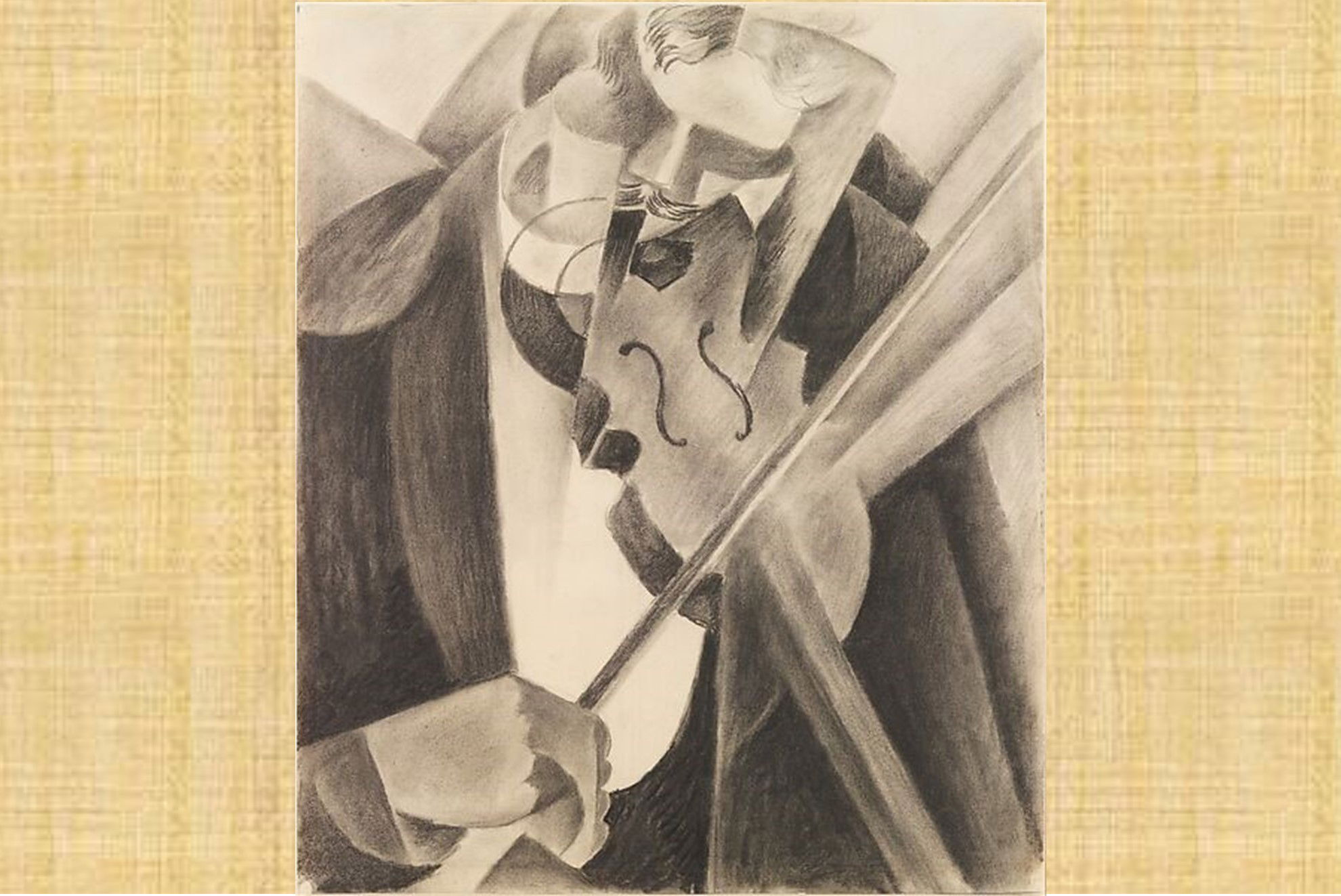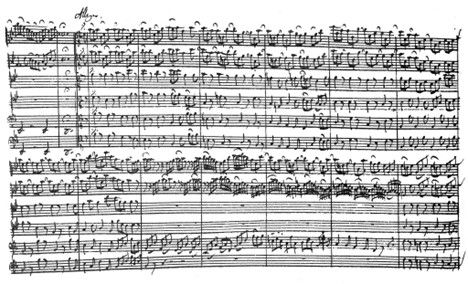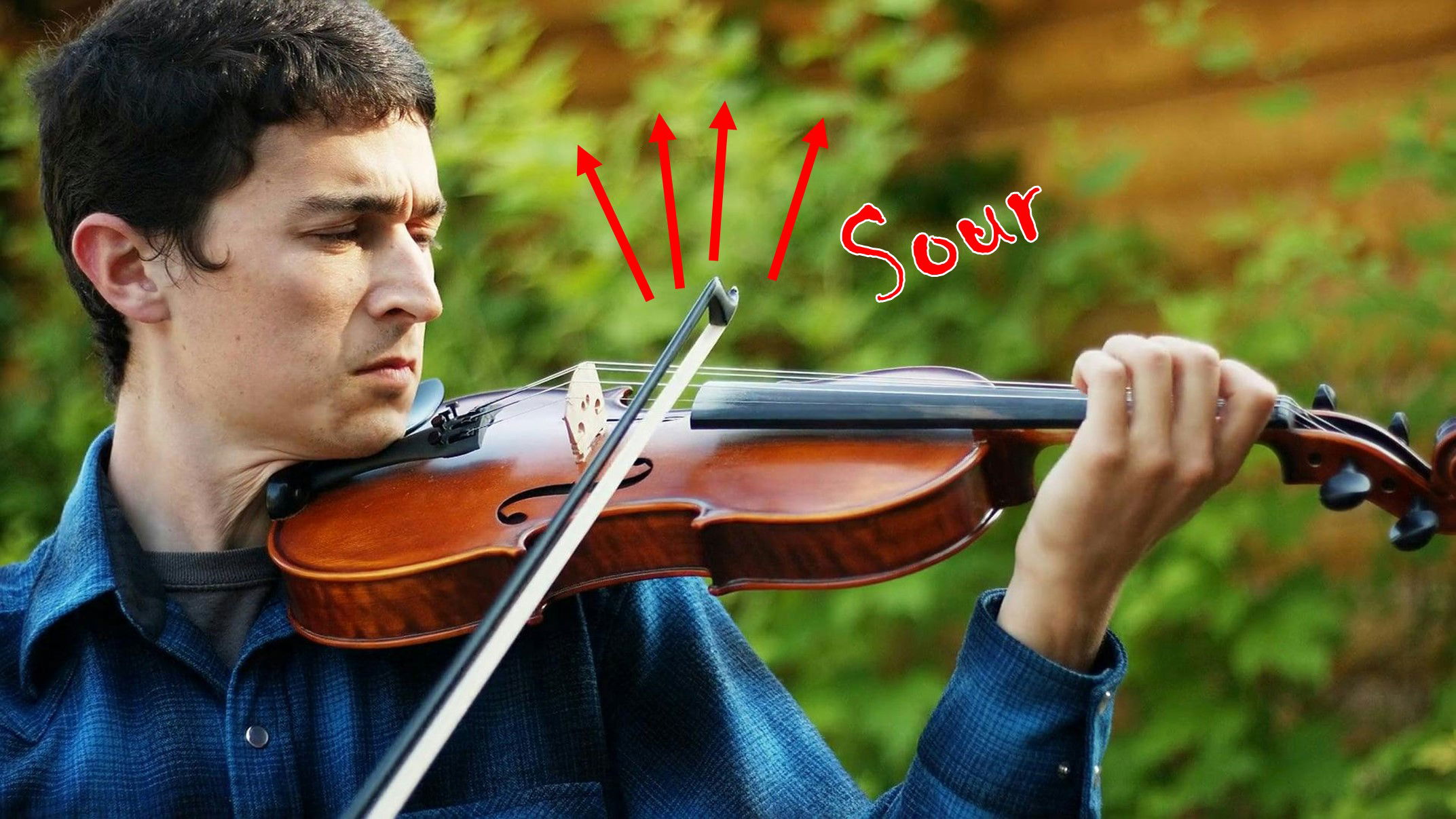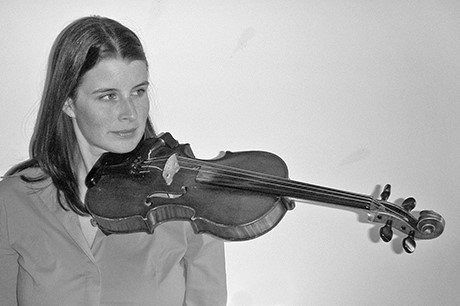Facing the Challenges of Playing in a String Orchestra

Playing in a string orchestra is a deeply enriching musical experience, one that combines the individual artistry of string players to form a collective symphony of sound. However, this musical undertaking comes with its fair share of challenges. These range from mastering complex compositions to maintaining a sense of employing the gestalt by making a cohesive whole out of a variety of musicians. In this article, we will explore the challenges faced by string orchestra members and strategies to overcome them.
1. Technical Proficiency: String instruments demand a high level of technical proficiency. Mastery of techniques like bowing, fingering, and intonation is essential for producing a beautiful and precise sound.
Also, it seems that there is always something new to learn, even for the teachers and conductors. Besides the traditional arco and pizzicato styles of playing, there are more modern ways to play, such as Col legno (with the wood part of the bow), “Bartók” or “snap” pizzicato (The string is lifted with two fingers of the right hand so that it snaps back onto the fingerboard when let go), Tremolos of different sorts, and even playing Behind the Bridge (creating an indeterminate pitch). An experienced player should also know the difference between Sulla tastiera (or sul tasto, sur la touche meaning on the fingerboard) and sul ponticello (on the bridge). This indicates where the bow should make contact with the string. Each method of playing affects the timbre of the music. There are also different types of tremolos and other things that the player can do with the fingers and the bow,
Solution: There are two things that string players must do regularly.
- Know Your Stuff - The first is to be sure that they are at least familiar with, if not competent at playing, a variety of bowing or other methods of producing sound, such as those listed above. It helps to go through any music that is currently in the repertoire that will be played at the next concert to identify any markings for some special playing technique and be sure that they know how to play them. It may take some initiative on the part of the player to ask the teacher or conductor; it may call the lack of knowledge on the part of the players to the attention of the teacher so that they skill can be taught to the class as a whole.
- Practice - Once the skills and basic knowledge of the music is in the minds of the musicians, they should dedicate themselves to practicing regularly. Practice is what a musician does alone, working out intricate passages and scales, phrasing, attacks and bowing. It’s called “woodshedding” because it feels like punishment, although it’s really self-correction with an eye on the prize of a higher level of proficiency. Continual improvement mirrors the commitment to growth in many aspects of life, including music, education and faith.
Here are some great suggestions for how to practice well. It may be a lonely activity, but it doesn’t need to be boring or difficult. - Dedicate some time each day to play your instrument, even if it's just for a short while. Start with scales, arpeggios, and exercises that target specific aspects of your playing, such as tone quality, articulation, and technique.
- Then, practice a piece or two that you’re good at, something that you consider “fun”.
- After that, tackle a piece that you haven’t quite mastered yet, even if you’re on summer break and you fumbled your way through it at the spring concert. The best way to achieve that is to use what’s called bracketed practice. Find the place in the music that’s giving you the most difficulty. Slowly work through the difficult part. Once you have mastered it at a slower tempo, play it a bit faster each time until you’re playing it at the correct speed. Then, add a couple of measures before and after the difficult part, so that you’re playing it in context. After a few times of playing that, add even more measures before and after until you play the whole section as one well-rehearsed piece of music.
- After all that hard work, end your practice with another piece that you like to play.
- This should take you between 15 and 30 minutes a day. While you are actively in the ensemble (while school, or the equivalent, is in session) you should be practicing at least three or four days a week.

2. Complex Compositions: String orchestra repertoire often includes intricate and challenging compositions. These demand at least a rudimentary understanding of musical theory and the ability to interpret complex notations.
Solution: There are two main things that can be done to help understand a complex composition or arrangement.
- Listen - In this age of technology, both digital and analog, a recording of another ensemble playing the piece is almost always available. The only exception would be if the piece were something brand new. If you’re able, it might even be beneficial to compare the way that two or even three different groups played the piece. It seems that the older a piece is, the more likely that there will be more variations in the way it’s played because we are so much farther removed from the composer’s time.
- Study and Analyze - The other thing that will help you understand a complex composition is to take adequate time to study and analyze the score to fully grasp the composition's intentions and the nuances of the music. Sight reading is an invaluable skill, but it cannot be used in a rehearsal when previous, preliminary, individual practice was expected. You should mark the scores, following the conductor’s guidelines, so that dynamics, special bowing instructions, accidentals and other unusual things won’t surprise you.
3. Ensemble Coordination: Achieving harmony within a string orchestra requires precise coordination among musicians. Timing, dynamics, and phrasing must align seamlessly.
Solution: Regular rehearsals and effective communication are crucial. Remember that rehearsals are what musicians do once they have practiced adequately. There are a number of things that musicians must do to make a rehearsal productive.
- Musicians must learn to understand the composer’s intention. This interpretation can best be performed by the conductor. Conductors are trained to look for the big picture among all of the details of the piece. This is true especially since players only have a view from their respective parts. Also, there often are notes in the conductor’s score that reveal the nuances of the composer’s intentions.
- Players must have an “extra eye” looking at the conductor’s motions. This means that the music should have been learned, not necessarily memorized, during each musician’s practice time so that he or she doesn’t need to concentrate on the intricacies of the notes. The musician should be familiar enough with the music so that any gesture or cue by the conductor won’t be missed.
- Section leaders would need to have put in a bit more work than the others so that they can be sure that things go as they should. If anyone in their section misses a cue or plays a new technique incorrectly, the section leader has an opportunity to instruct and lead, leaving the conductor free to continue to lead the whole ensemble without having to micromanage.
- All of the other musicians need to be aware of not only their own music and playing, but the section leaders, conductor and rest of the players in the ensemble. Even if there were a solo, the soloist must still be a part of the group, or none of it will sound good.

4. Tuning and Intonation: String instruments are sensitive to changes in temperature and humidity, making maintaining accurate tuning and intonation a constant challenge. Also, a string player, especially those who play viola or cello, can have an “off day” and the fingers can be just a fraction of an inch away from where they should be, causing the instrument to play out of tune.
Solution: String players must develop their ear and employ tuning techniques. There are a few things that string players can do to help them play in tune.
- They need to be able to hear if they are out of tune. This may sound basic, but some people simply cannot hear if an instrument is out of tune. If a string player cannot hear if the instrument is out of tune, it may be time for a new passion. It may be that that player could go into recording or some other field having to do with music besides playing.
- When they hear that they aren’t in tune, string players must be able to feel with their hands and fingers to sense if they are in the correct position or not and adjust that position to correct the tuning.
- If the musician finds that the hands and fingers are, indeed, in the right place, he or she would conclude that, somehow, the instrument has gone out of tune. Then, the instrument would need to be re-tuned “on the fly”. The player would need to play until an appropriate time can be found, e.g., when there are a few measures rest in a row, and then re-tune. Unless something extreme has taken place, most re-tunings would be minor. With the fine tuners available on modern string instruments, that adjustment should be relatively easy, providing that the musician has the ear for hearing his or her instrument above the din of the others.

5. Physical Stamina: Playing a string instrument can be physically demanding, requiring endurance to sustain the energy needed for extended rehearsals and performances.
Solution: Regular physical conditioning and relaxation exercises help build stamina. Such things as maintaining good posture, holding the violin bow correctly and fingering the violin correctly can all help. Here are some regular exercises that will also help:
- Lifting dumbbells to strengthen arm, shoulder and back muscles.
- Planking and other stretching exercises to improve posture and prevent fatigue when sitting straight.
- Squeezing a rubber ball, doing finger lifts and wrist stretches to improve dexterity and prevent cramping and fatigue.
- Doing some exercises to strengthen the neck muscles.
6. Emotional Expression: String instruments are known for their ability to convey deep emotions through music. However, expressing emotions can be challenging and vulnerable for musicians, especially younger ones who may not have experienced a lot of deep emotion yet.
Solution: Encouraging self-expression within the orchestra creates a safe space for emotional engagement. However, this has to be done with the sense that the one musician is part of a whole orchestra, and that the orchestra is expressing he same emotion.

7. Stage Fright: Many string players, like all performers, experience stage fright, which can affect their overall performance.
Solution: A little stage nervousness is actually a good thing. If there was no concern whatsoever about the performance about to take place, the result would be sloppy and without feeling of any kind. Here are a few things that may help you to overcome stage fright:
- Asking God for courage is a great first step.
- Practice, practice, practice. A musician cannot feel confident if there is nothing about which to feel confident. Likewise, a musician cannot feel insecure if there is nothing about which to feel insecure.
- Before and during the performance, breathe deeply and keep calm. Remember that the rest of the players are in this with you – you are not alone.
- Maintain a good posture. It’s important for you to practice with good posture so that, during a concert, you won’t have to think about it.
- If the stage fright is truly debilitating, it may be time to seek professional mental or emotional counseling.
8. Maintaining Instruments: String instruments are valuable and delicate. Maintaining them in good condition requires care, which can be time-consuming.
Solution: Regular maintenance and professional servicing are essential. String players should know their instruments, inside and out, and know what needs to be done to maintain and perform simple repairs when they arise.
9. Commitment and Scheduling: Maintaining a commitment to regular rehearsals and performances can be challenging, especially for musicians with busy lives outside of their musical pursuits.
Solution: Effective scheduling and clear communication help manage commitments. Everyone has the same number of hours in a day. Often, one does not find the time to do things that are the most important. Time must be carved out and set aside for the valuable things in one’s life, like family, friends, God and music practice.
Conclusion Playing in a string orchestra is a remarkable journey, one that demands dedication, skill, and a commitment to artistic excellence. The challenges faced by string players parallel many aspects of life, including their family, relationships, recreation and faith. Just as mastering a complex composition requires diligence and practice, nurturing these things involves continual growth and reflection. By addressing these challenges, string orchestra members can continue to create music that resonates with the heart and soul, displaying the beauty of collective artistry.
Salt Cellar Creations understands the challenges of playing in a string orchestra and has written and arranged a number of pieces that sound more complicated than they are, and will build the confidence of any string orchestra Find out more about what Salt Cellar Creations has to offer for String Orchestras HERE. Explore the available music HERE.
SCC can also compose an original piece for you or do a custom arrangement for you. There are two ways that this can be done; one is much more affordable than the other. And SCC is always looking for ideas of pieces to arrange or suggestions for original pieces.
We have sold music not only in the US but in Canada, the United Kingdom, France, Australia, New Zealand and Austria. Please visit the WEBSITE or CONTACT US to let us know what we can do for you!